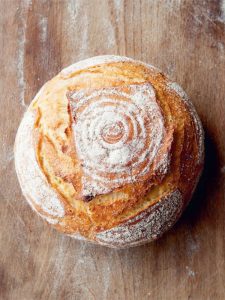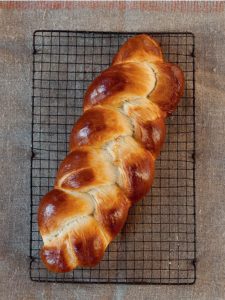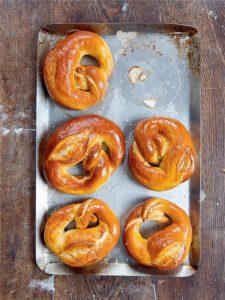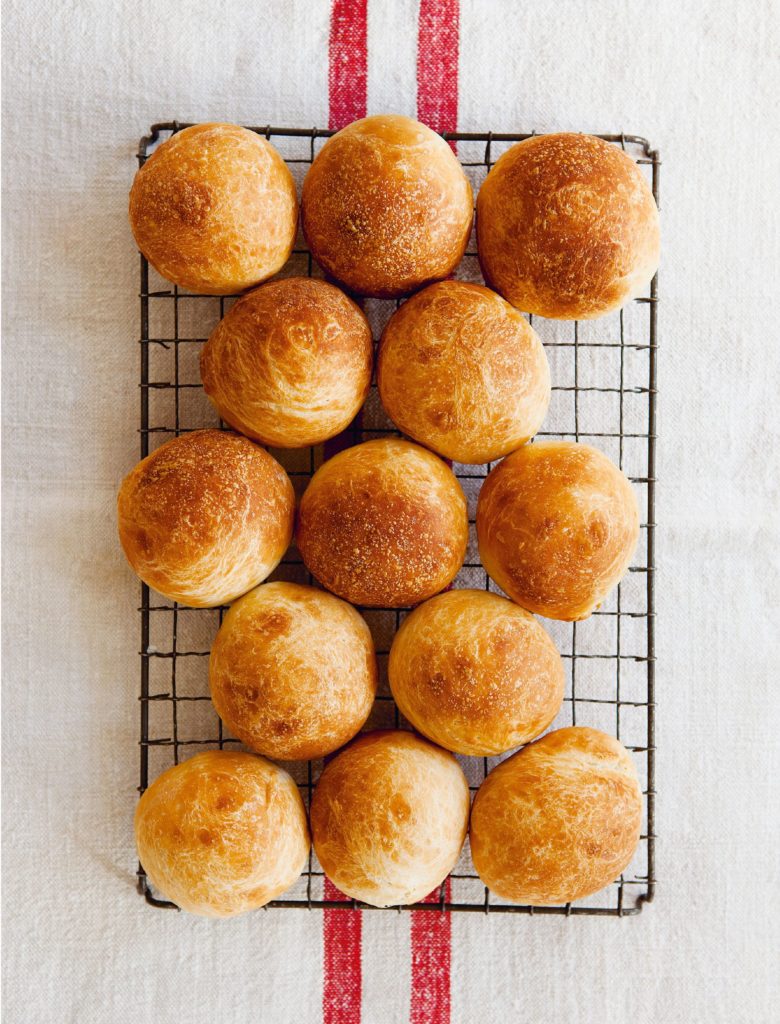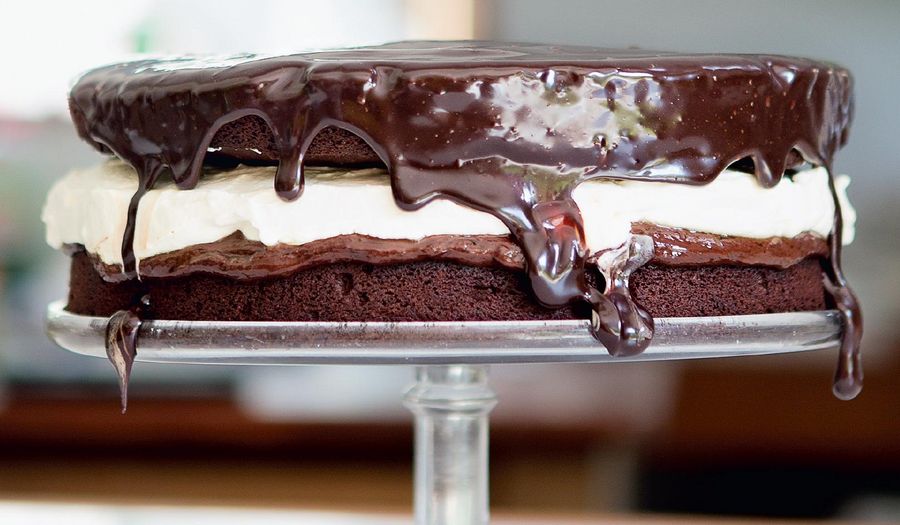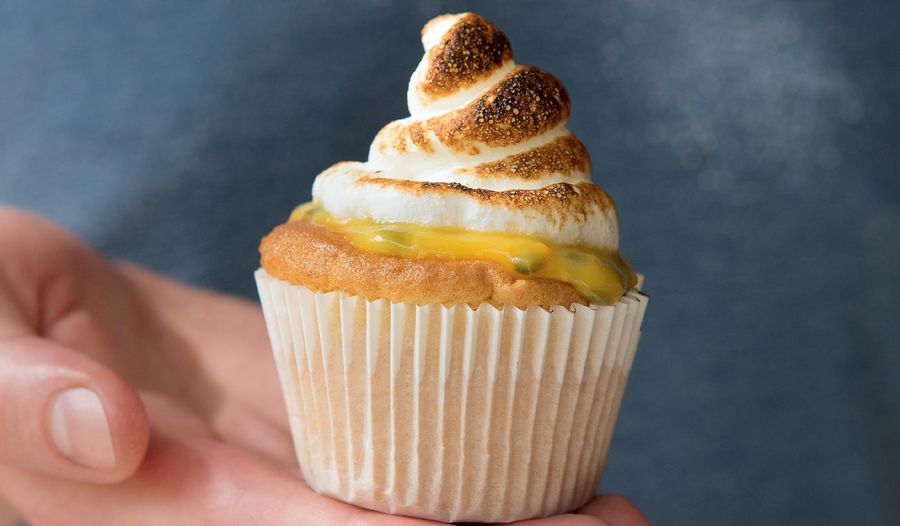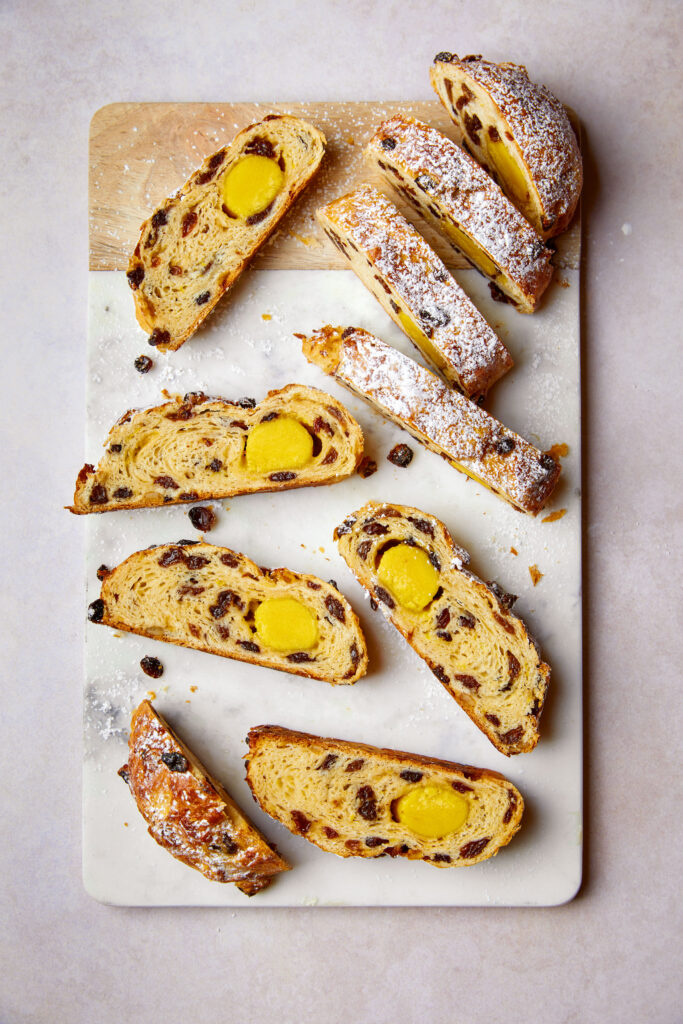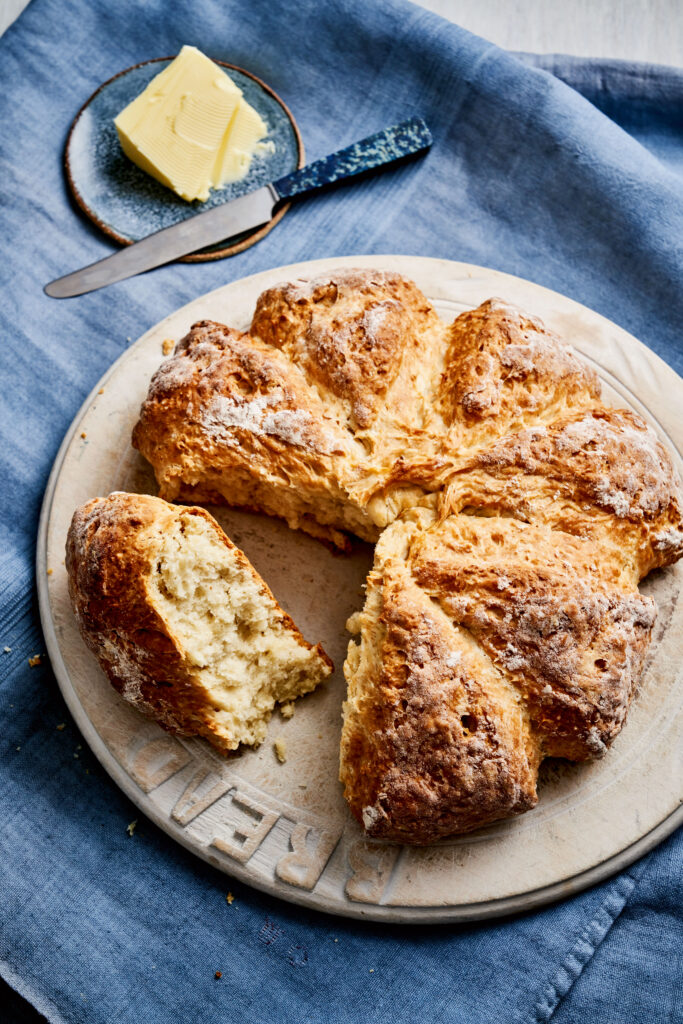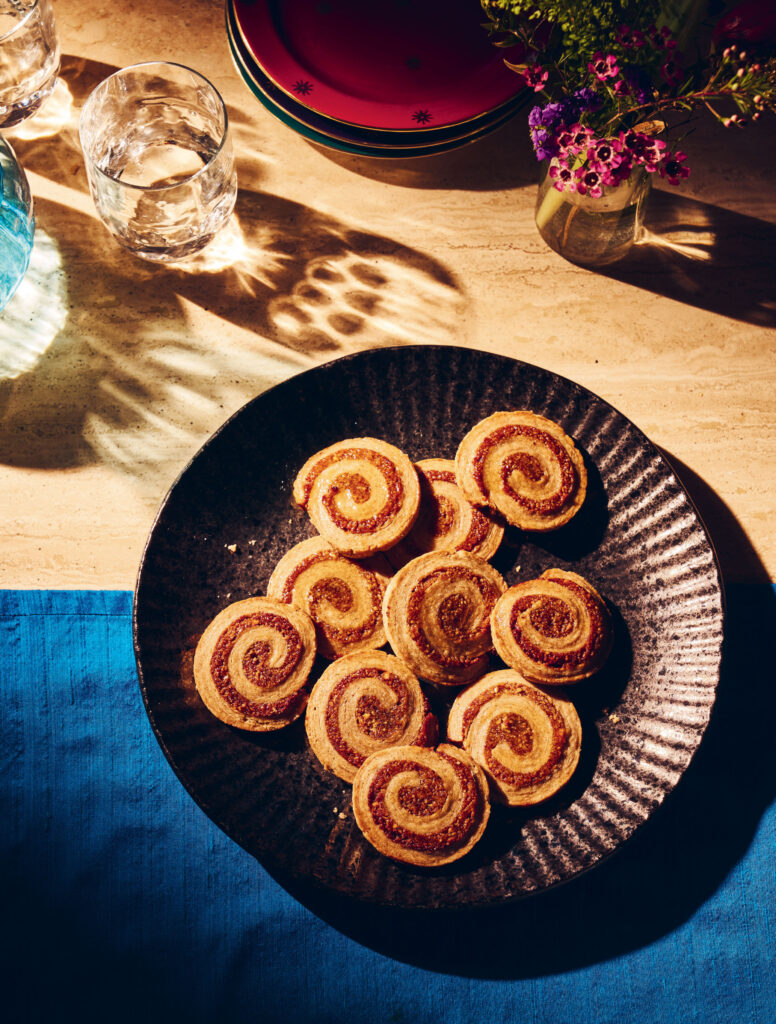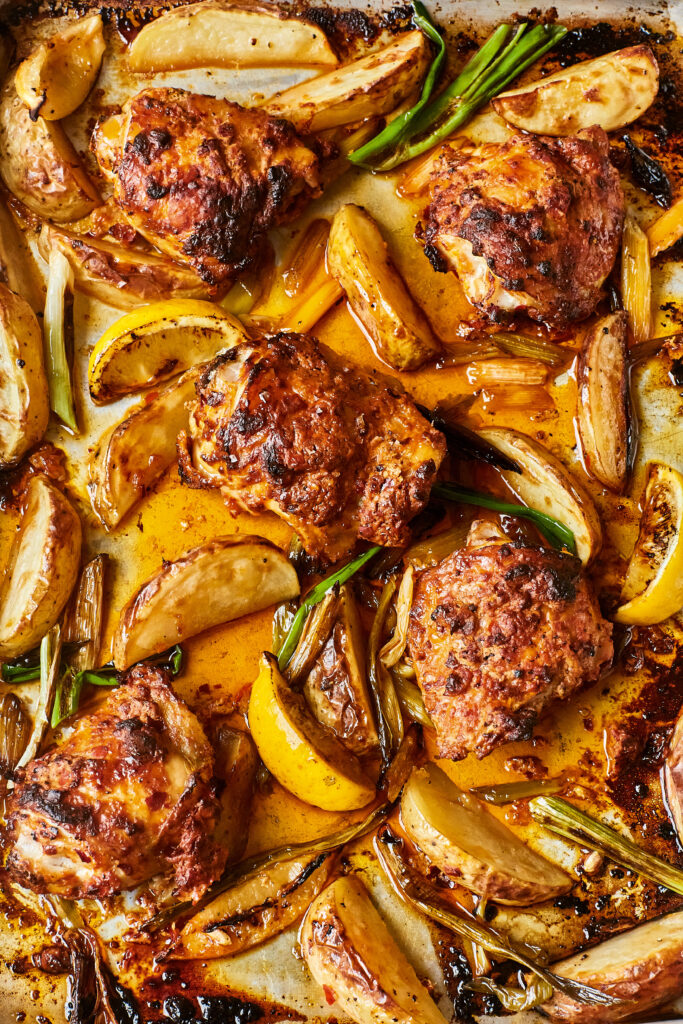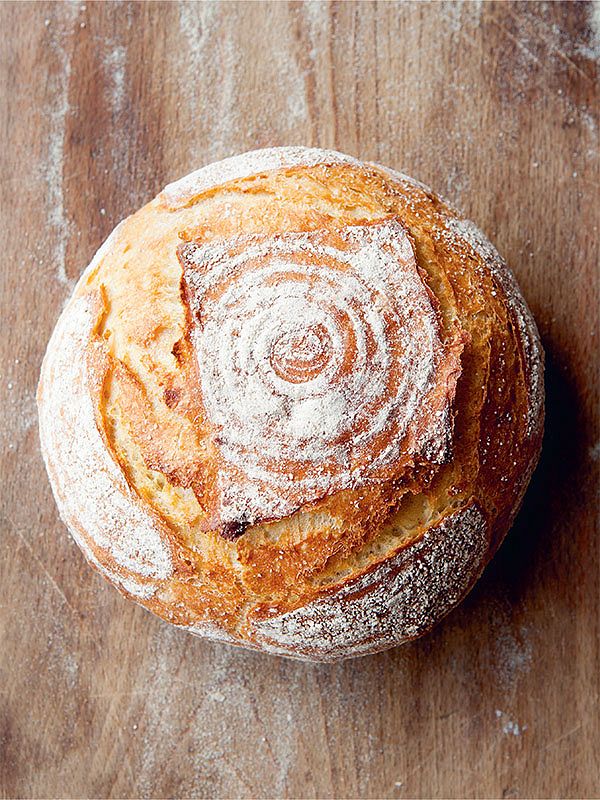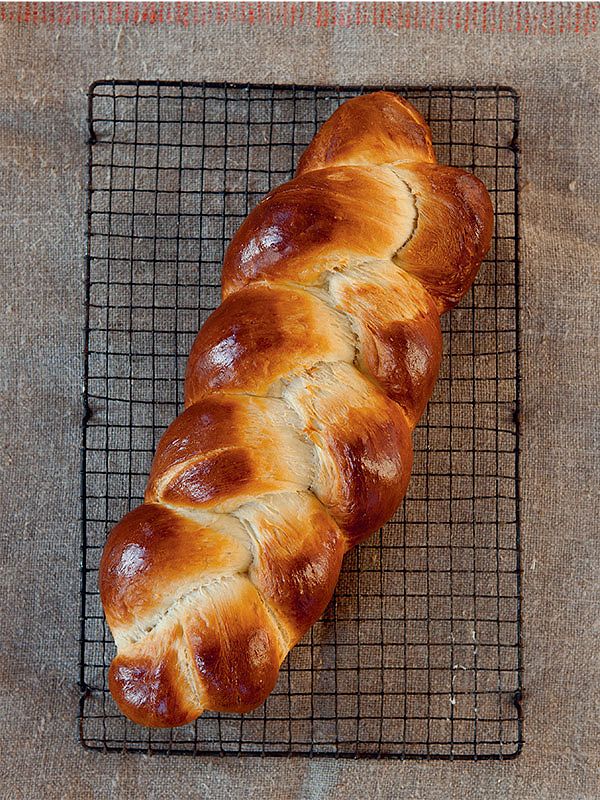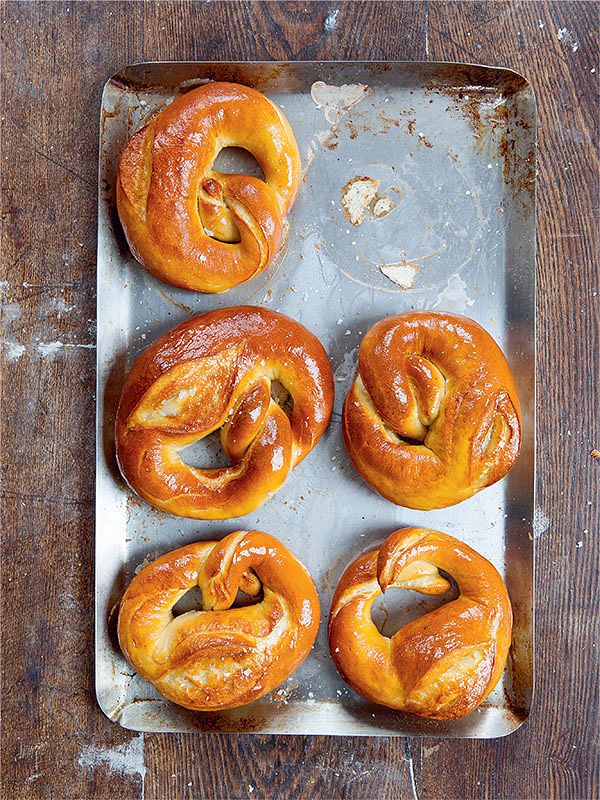Wholemeal Bread
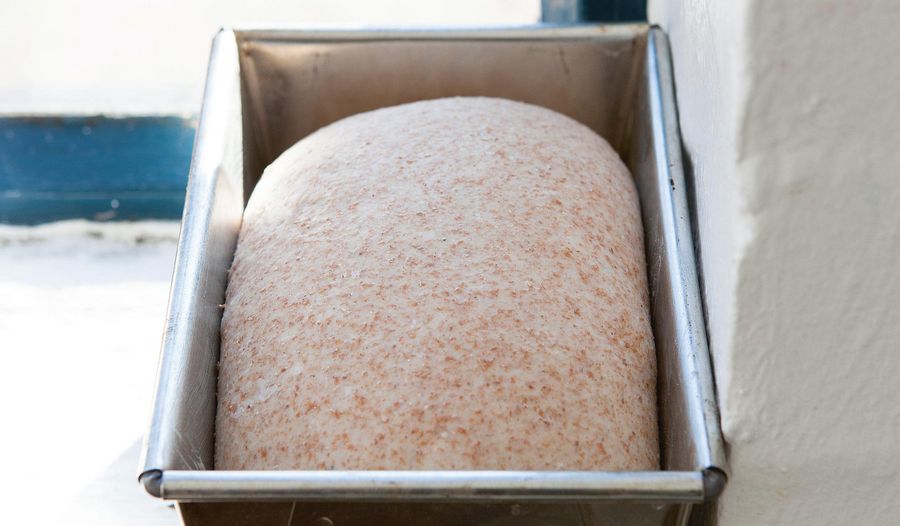
A classic wholemeal bread recipe with easy step-by-step instructions. This timeless bread recipe was created by James Morton from the Great British Bake Off.
From the book
Buy From
Introduction
Brown bread has certain connotations. ‘Healthy’ springs to mind. So does ‘not as good as white bread’. But this isn't the case. If I taste a pure white bread now, there may be something magical about its naughtiness, but there’s also something missing: it’s bland. Wholemeal flour is the first way any baker should learn to introduce true flavour into their bread, and many of the traditional side effects of wholemeal (such as grittiness and crumbliness) are in fact simply a side effect of bad bread making.
As we know, bread is traditionally kneaded to form gluten. With wholemeal flour, the brown bits (the meal) get in the way. This means instead of building up a nice, big, stretchy structure, you get a patchy one. To stop this we need to develop the dough even more – you could do this by kneading or simply by sitting back a little longer and letting the yeast do the work. I know which I’d rather do, and both will give you brilliant wholemeal bread.
Ingredients
| 300g | strong wholemeal flour |
| 200g | strong white flour |
| 10g | salt |
| 1 x 7g | sachet fast-action yeast |
| 370g | tepid water |
Method
1. In a large bowl, weigh the flours. With your fingers, rub in the salt at one edge of the bowl and the sachet of dried yeast on the opposite side. Try to keep the yeast and salt apart, as the salt can stop the yeast working.
2. Add the tepid water to the dry ingredients, and mix together until it forms a coherent dough (use your dough to mop up any flour sticking to the side of the bowl). Cover your bowl with a damp tea towel or cling film and rest in a warm place for about 30 minutes, or until noticeably increased in size.
3.Wet the fingers of one hand, slide your fingertips between the bowl and the dough and fold the dough in half. Turn the bowl a quarter turn, and repeat until you have removed all of the air and it is at least a little smoother. Cover your bowl again, and rest the dough for another half an hour.
4. Repeat step 3 – try to force all the air out of the dough using your hand. This time, though, you should notice it is a lot smoother, so cover and rest for a full hour this time, ready for shaping.
5. Once rested, turn the dough out on to a very lightly floured surface and shape into your desired shape – here I've shaped it for a tin. Make sure your tin is well greased with oil or butter.
6. Prove in the tin for a final hour, or until doubled in size again. At least 20 minutes before it’s ready to go in, preheat the oven to 210°C/gas 6½, with a baking tray inside.
7. Once proved, score the top of the dough in any way you wish, I recommend a cut down its full length. Bake in the tin for 25 minutes.
8. Once the bread has begun to brown nicely, take it out the oven, remove it from the tin and place back on the baking tray to bake for another 15–20 minutes. This will help support the sides and the end result will be a fantastic sandwich bread.
Time taken in the kitchen: 5-10 minutes. Time taken all together: 3½ – 4 hours.
Reviews
2 Ratings
Have you tried this recipe? Let us know how it went by leaving a comment below.
Thank you for your rating. Our team will get back to any queries as soon as possible.
Please note: Moderation is enabled and may delay your comment being posted. There is no need to resubmit your comment. By posting a comment you are agreeing to the website Terms of Use.



